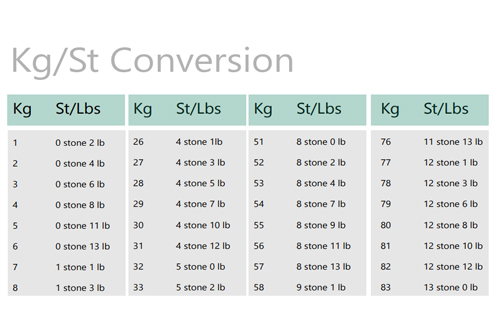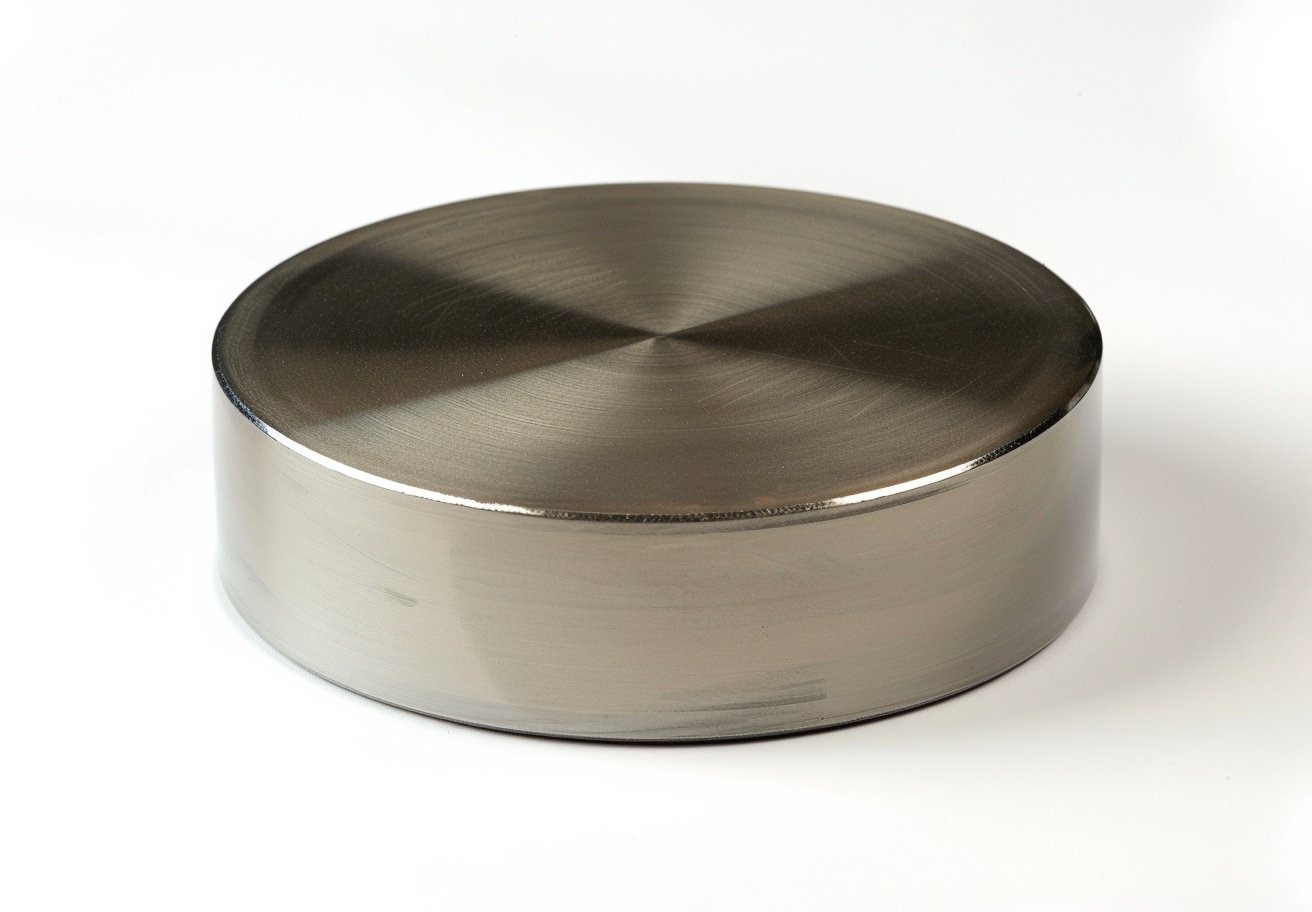Reference Angle Calculator
Understanding Reference Angles
What is a Reference Angle?
A reference angle is the smallest angle between the terminal side of a given angle and the x-axis. It is always a positive acute angle measured in degrees.
The Importance of Reference Angles in Trigonometry
Reference angles simplify the calculation of trigonometric functions by reducing any angle to its acute equivalent.
Using a Reference Angle Calculator
Steps to Calculate Reference Angles
- Determine the quadrant in which the angle lies.
- Subtract the angle from the nearest x-axis (0°, 180°, 360°) to determine the reference angle.
Calculation Example
Consider an angle of 225°:
- It lies in the third quadrant.
- Reference angle = 225° - 180° = 45°.
Reference Angle Table
|
Quadrant |
Angle Range (Degrees) |
Calculation of the Reference Angle |
|
I |
0° to 90° |
Reference angle = angle |
|
II |
90° to 180° |
Reference angle = 180° - angle |
|
III |
180° to 270° |
Reference angle = angle - 180° |
|
IV |
270° to 360° |
Reference angle = 360° - angle |
Further information is available at Stanford Advanced Materials (SAM).
Frequently Asked Questions
What is a reference angle?
A reference angle is the smallest positive acute angle between the terminal side of a given angle and the x-axis.
Why are reference angles important in trigonometry?
They simplify the calculation of trigonometric functions by permitting the use of known values for acute angles.
How is the quadrant of an angle determined?
The quadrant is determined by the angle's degree measure: 0°–90° for Quadrant I, 90°–180° for Quadrant II, etc.
Can reference angles be negative?
No, reference angles are always positive acute angles.
Is a reference angle always less than 90°?
Yes, by definition, a reference angle is an acute angle measuring less than 90°.

 Bars
Bars
 Beads & Spheres
Beads & Spheres
 Bolts & Nuts
Bolts & Nuts
 Crucibles
Crucibles
 Discs
Discs
 Fibers & Fabrics
Fibers & Fabrics
 Films
Films
 Flake
Flake
 Foams
Foams
 Foil
Foil
 Granules
Granules
 Honeycombs
Honeycombs
 Ink
Ink
 Laminate
Laminate
 Lumps
Lumps
 Meshes
Meshes
 Metallised Film
Metallised Film
 Plate
Plate
 Powders
Powders
 Rod
Rod
 Sheets
Sheets
 Single Crystals
Single Crystals
 Sputtering Target
Sputtering Target
 Tubes
Tubes
 Washer
Washer
 Wires
Wires
 Converters & Calculators
Converters & Calculators
 Write for Us
Write for Us
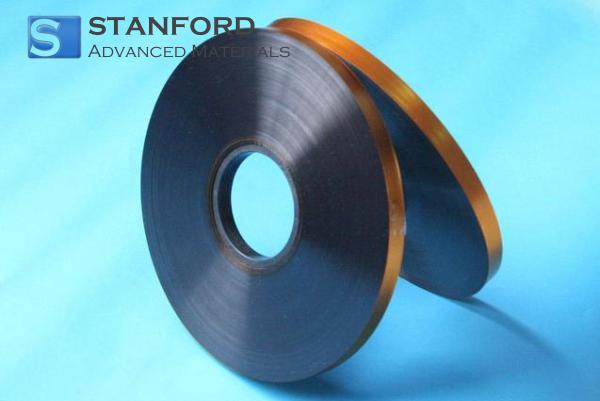
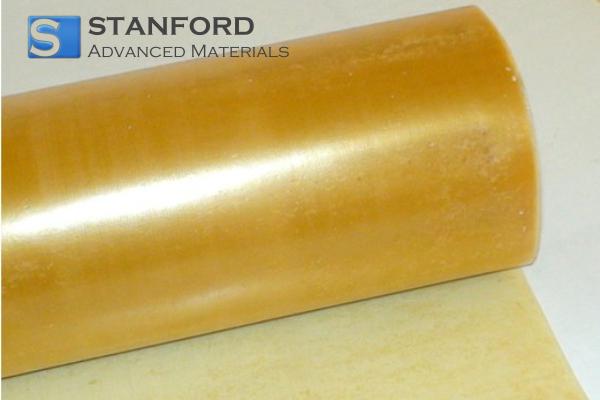
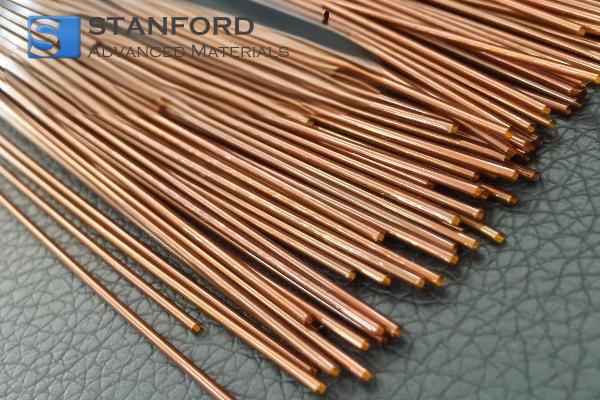
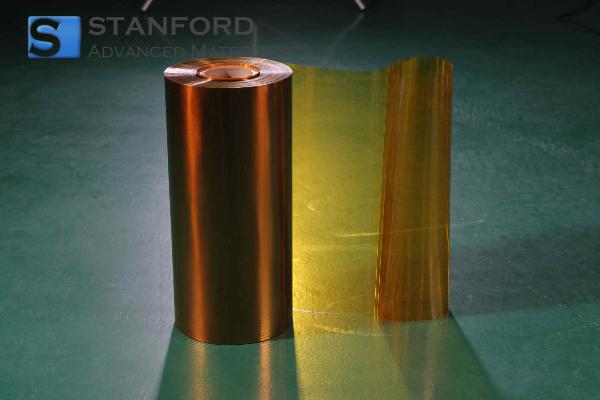
 Chin Trento
Chin Trento

